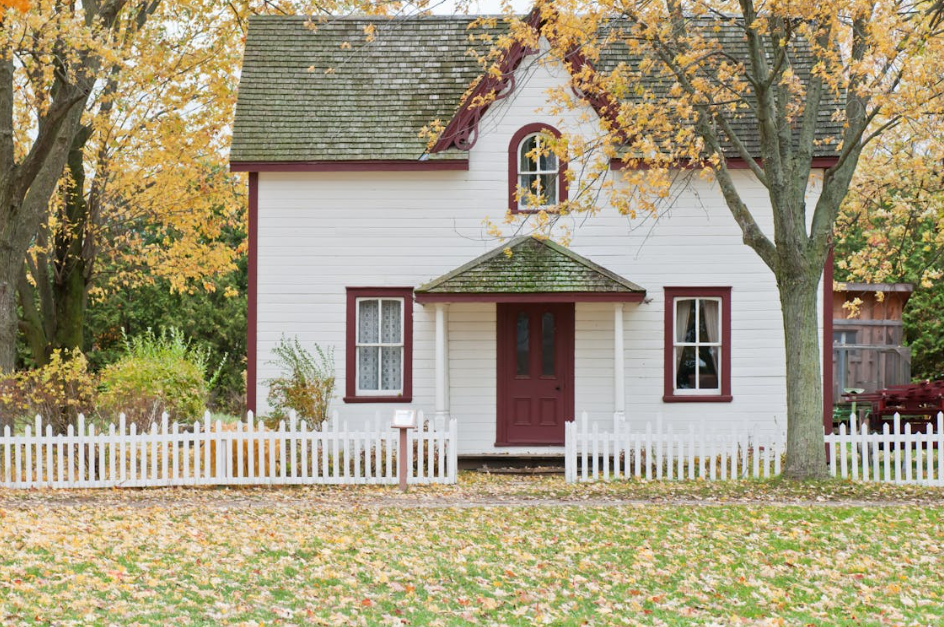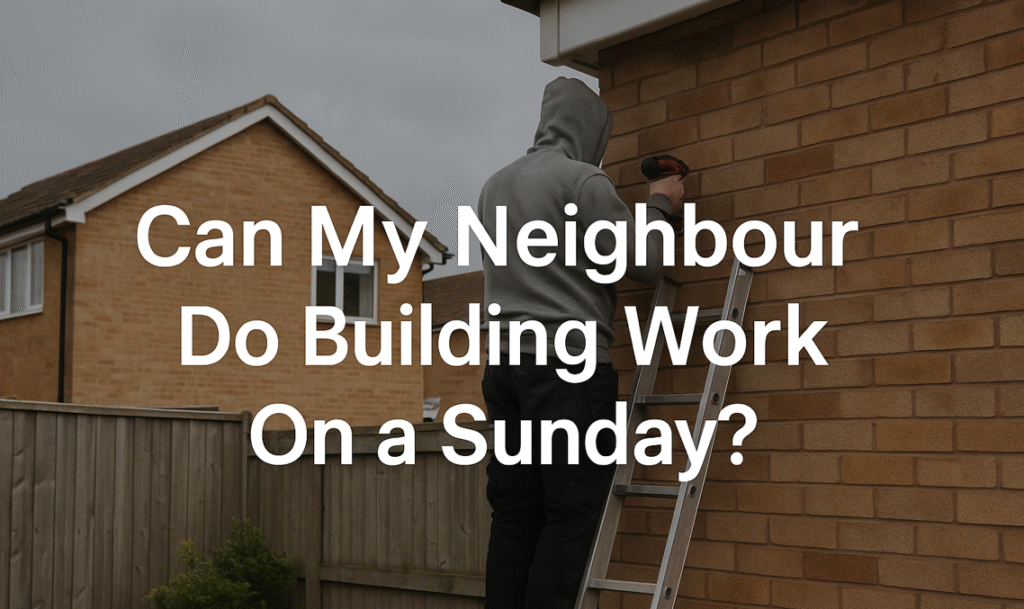Trees add beauty, privacy, and environmental value to your property. But when they grow too tall or spread too far, they can cause disputes, structural problems, and legal headaches—especially in built-up residential areas. If you’re wondering about the maximum height of trees near houses UK, you’re not alone.
In this guide, you’ll learn what the law says about tree height, how it affects your rights as a homeowner or neighbour, and what steps you can take to maintain trees responsibly while avoiding legal trouble or neighbourhood conflict.
Why Does Tree Height Near Houses Matter in the UK?

What Are the Common Concerns with Tall Trees Near Homes?
Tall trees can become a nuisance when they block natural light, overhang property boundaries, or grow dangerously close to buildings. They might interfere with:
- Garden sunlight
- TV satellite signals
- Airflow and ventilation
- Your overall enjoyment of outdoor spaces
While trees are valued for their benefits, unchecked growth can cause serious problems.
How Can Tree Height Affect Light, Safety, and Property Value?
Excessively tall trees can cast large shadows that reduce the natural light entering your home. This can make your property feel cold, dark, and even reduce its market value. Moreover, unstable trees can pose a safety risk during storms, especially if dead branches fall or roots cause ground movement.
Can Trees Near Buildings Cause Subsidence or Structural Damage?
Yes. Trees planted too close to a house may lead to:
- Subsidence, especially on clay soil
- Cracks in walls or foundations
- Damaged drains or underground utilities
- Uplift of pavements or driveways
It’s vital to monitor tree growth and root spread to protect your property from costly structural issues.
What Is the Maximum Height of Trees Near Houses in the UK?

Is There a Legal Limit on Tree Height Near Homes?
Surprisingly, there is no universal law in the UK that states a maximum legal height for all trees. However, legislation like the High Hedges Act 2003 may apply if a hedge or line of trees exceeds 2 metres in height and affects a neighbour’s enjoyment of their property—typically by blocking light.
For single trees (not hedges), the issue becomes more about nuisance, safety, or damage, rather than specific height.
Does the High Hedges Act 2003 Apply to Trees?
The High Hedges Act primarily applies to evergreen or semi-evergreen hedges. If your neighbour’s row of Leylandii or conifers exceeds 2 metres and is blocking sunlight, you can:
- File a complaint with your local council
- Provide evidence of loss of light or enjoyment
- Request a formal height reduction under the Act
This law does not apply to single trees or deciduous varieties.
What Happens If a Tree Breaches the Height Limit?
If a hedge or group of trees breaches the 2-metre rule and a formal complaint is upheld, the council may issue a Remedial Notice forcing the owner to reduce the height. Ignoring this notice could lead to fines of up to £1,000.
What Are Your Rights and Responsibilities as a Property Owner?

Can You Legally Cut Your Neighbour’s Overhanging Tree Branches?
Yes—under common law, you can cut back overhanging branches up to your property boundary, as long as:
- You don’t trespass onto their land
- You dispose of the cuttings properly (or offer them back)
- The tree is not protected by a Tree Preservation Order (TPO)
You cannot cut beyond the boundary or damage the tree in a way that might kill it.
Are You Liable If Your Tree Damages Someone’s Property?
If a neighboring tree is blocking your light:
- Try informal communication first
- If it’s a hedge, refer to the High Hedges Act
- If it’s a single tree, you may still have a case under right to light laws if the light has been uninterrupted for 20+ years
How To Resolve Disputes About Tree Height with Neighbours?

How Should You Approach a Tree Dispute with Your Neighbour?
Open a dialogue. Most tree issues are resolved through:
- A polite conversation
- Sharing concerns about light, safety, or property value
- Proposing pruning or professional inspection
Avoid confrontation—it only escalates the situation.
When Should You Involve the Local Council or Legal Advice?
You may need council help or legal advice when:
- The tree poses a safety risk
- Your neighbour refuses to act
- The tree is subject to TPOs or conservation area rules
- The issue involves persistent nuisance
Can Mediation or Legal Action Be Taken for Overgrown Trees?
Yes. If informal steps fail, you can:
- Try mediation services
- Send a formal letter of concern
- Pursue civil action in court (for nuisance or property damage)
Legal action is often a last resort, but it’s available if significant harm is caused.
Tree Height Regulations vs. Tree Preservation Orders (TPO)

What Is a Tree Preservation Order and How Does It Affect Tree Management?
A Tree Preservation Order (TPO) is issued by your local council to protect trees of environmental, historical, or aesthetic value. If a tree is under a TPO:
- You must apply for permission before cutting, pruning, or removing it
- Unauthorized work can result in fines up to £20,000
Can You Prune or Remove a Protected Tree Near Your House?
Yes, but only after obtaining written consent from your local council. Emergency work for safety reasons may be allowed, but evidence is usually required.
Do You Need Permission for Tree Work in Conservation Areas?
Yes. If you live in a conservation area, you’ll need to notify the council at least 6 weeks before any tree work. Failure to comply can also result in penalties.
How To Prevent Problems with Trees Near Homes?

How Close Can You Plant a Tree to Your House?
Which Tree Species Are Best for Small Gardens?
If you’re planting near a house, choose species with non-invasive roots and slow growth:
- Amelanchier (Juneberry)
- Acer palmatum (Japanese maple)
- Crab apple (Malus)
- Rowan (Sorbus aucuparia)
Tips for Responsible Tree Maintenance as a Homeowner or Landlord
- Inspect trees annually for signs of disease or instability
- Hire a certified arborist for major pruning
- Keep trees trimmed away from roofs, windows, and power lines
- Record any tree maintenance for future disputes or insurance purposes
Comparison Table: Key Tree-Related Rights and Restrictions
| Issue | What You Can Do | Restrictions |
| Overhanging branches | Cut back to boundary | Cannot enter neighbour’s land or damage tree |
| High hedges over 2m | File complaint under High Hedges Act | Applies only to evergreen/semievergreen hedges |
| Tree causing damage | Request removal or legal action | Must prove negligence or foreseeability |
| TPO-protected trees | Request permission from council | Unauthorised work is a criminal offence |
| Trees in conservation areas | Submit 6 weeks’ notice for work | Fines may apply for non-compliance |
Conclusion: Knowing the Law, Maintaining the Peace
When it comes to the maximum height of trees near houses in the UK, there’s no one-size-fits-all answer—but understanding your rights, responsibilities, and local laws will help you manage trees sensibly and avoid neighbour disputes.
Whether you’re planting a new sapling or dealing with a towering conifer, make informed decisions. Respect boundaries, maintain your greenery responsibly, and when in doubt—get professional or legal advice. A well-managed tree is a benefit; an unmanaged one can be a burden.
FAQs About Maximum Height of Trees Near Houses UK
Can a Neighbour Force You to Cut Down Your Tree?
No—but they can request action, file complaints under specific laws, or take legal steps if damage or nuisance is proven.
Who Is Responsible for Tree Roots Damaging Property?
The tree owner is responsible. If roots cross property lines and cause damage, they can be held liable for repair costs.
How Do You Report a Dangerous or Overgrown Tree?
- To the council, if it’s a public tree or protected
- To the homeowner, if it’s on private land
- If urgent, call the local authority’s environmental health team
What’s the Role of Local Councils in Tree Height Issues?
Local councils can:
- Enforce TPOs
- Investigate high hedge complaints
- Serve remedial notices
- Provide guidance on tree maintenance in your area
I’m Laura Wilson, a passionate blogger and content creator with a deep interest in business, finance, and entrepreneurship. I’ve had the opportunity to write for several premium blogs, sharing insights & practical advice for individuals & small businesses. I’m the founder and publisher of ukbusinessmag.co.uk, where I focus on creating valuable, easy-to-understand content to help UK startups & SMEs grow.



